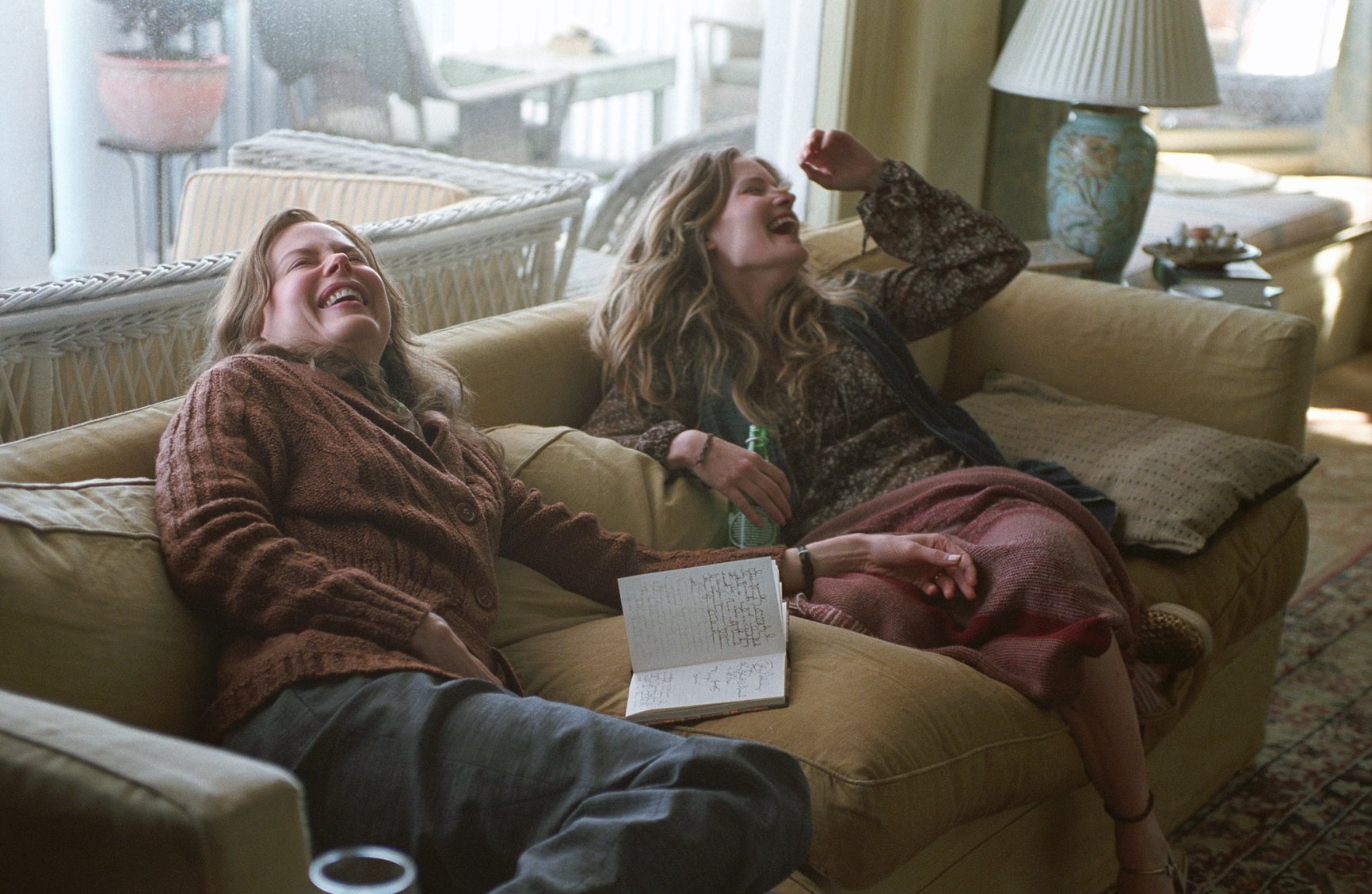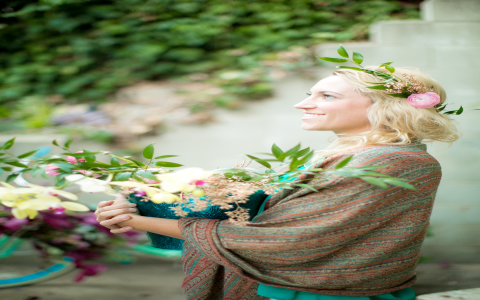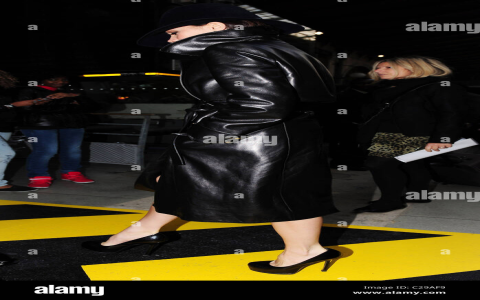Margot at the Wedding Explained
In a world where relationships are often complicated and fraught with emotion, Margot at the Wedding emerges as a thought-provoking exploration of familial ties, love, and the underlying tensions that can mar even the most joyful occasions. Directed by Noah Baumbach, this film offers a raw and insightful glimpse into the life of Margot, played by Nicole Kidman, as she navigates the complexities of her family dynamics during her sister’s wedding weekend.

At the heart of Margot at the Wedding lies the confrontation of personal insecurities and the challenge of reconciling past disappointments with present realities. Margot arrives at her sister Pauline’s home, filled with a sense of tumult and skepticism, especially regarding the marriage of her sister to Malcolm, portrayed by Jack Black. The film artfully unravels the intricate relationships between sisters, bringing to light their direct contrasts and shared hardships. Margot’s cynicism starkly opposes Pauline’s idealism, creating a palpable tension that reflects the often conflicting nature of sibling relationships.
Margot’s character is deeply flawed and multifaceted. As she struggles to adapt to her new role as an observer rather than an active participant in her sister’s life, she also faces her own failures and regrets. The film illustrates Margot’s self-centered tendencies, showcasing her as someone who often prioritizes her own discontent over the happiness of those around her. It is in her interactions with Pauline that Margot’s vulnerabilities become most evident, revealing how her acidic commentary masks deeper fears of inadequacy. This complex dynamic invites viewers to reflect on their own familial relationships, perhaps illuminating shadows of unspoken resentment or unresolved conflicts.
The wedding, intended as a celebration, quickly reveals the cracks in both the characters and their relationships. The planning is rife with misunderstandings and emotional outbursts, showcasing how moments meant to bring joy can devolve into chaos when unresolved issues bubble to the surface. Margot’s disdain for Malcolm and her disparaging remarks about his suitability as Pauline’s partner add layers of depth to her character. This tension escalates when the past collides with the present, leading to explosive confrontations that reverberate throughout the film.
A significant theme in Margot at the Wedding is the quest for belonging amid a backdrop of familial discord. Margot’s disconnection from her sister’s life highlights her alienation—she feels like an outsider, grappling with her identity in a family unit that seems to be celebrating itself without her input. This feeling only intensifies as she faces the choices made by those around her. Rather than outright rejection, her responses often oscillate between cutting humor and genuine despair, signifying a desperate need for connection that becomes increasingly elusive.
Another compelling aspect of the film is its depiction of the passage of time and its impact on relationships. Through a series of vignettes, the film captures the fleeting moments that define Margot and Pauline’s lives, pointing to how memories can be both cherished and burdensome. Margot’s recollections of her deceased mother complicate her journey, serving as a reminder of the expectations and legacies that linger long after loved ones are gone. The wedding thus serves as a poignant reminder of both loss and new beginnings, framed within the context of their shared history.
Ultimately, Margot at the Wedding masterfully encapsulates the unpredictable nature of family dynamics, highlighting that love can be both nurturing and destructive. The film presents a harsh yet truthful depiction of how familial bonds are often interwoven with strife and despair. As Margot navigates the tumultuous waters of her sister’s wedding, she is challenged to confront her past and reconsider her future—a journey that encapsulates the intricate ballet of love, disappointment, and reconciliation that defines family.
Through its rich character development and nuanced storytelling, Margot at the Wedding invites audiences to reflect on their own familial connections and the personal narratives that shape their identities. With a blend of humor and poignant observation, the film remains a relevant exploration of the delicate line between joy and sorrow that often characterizes the human experience.



